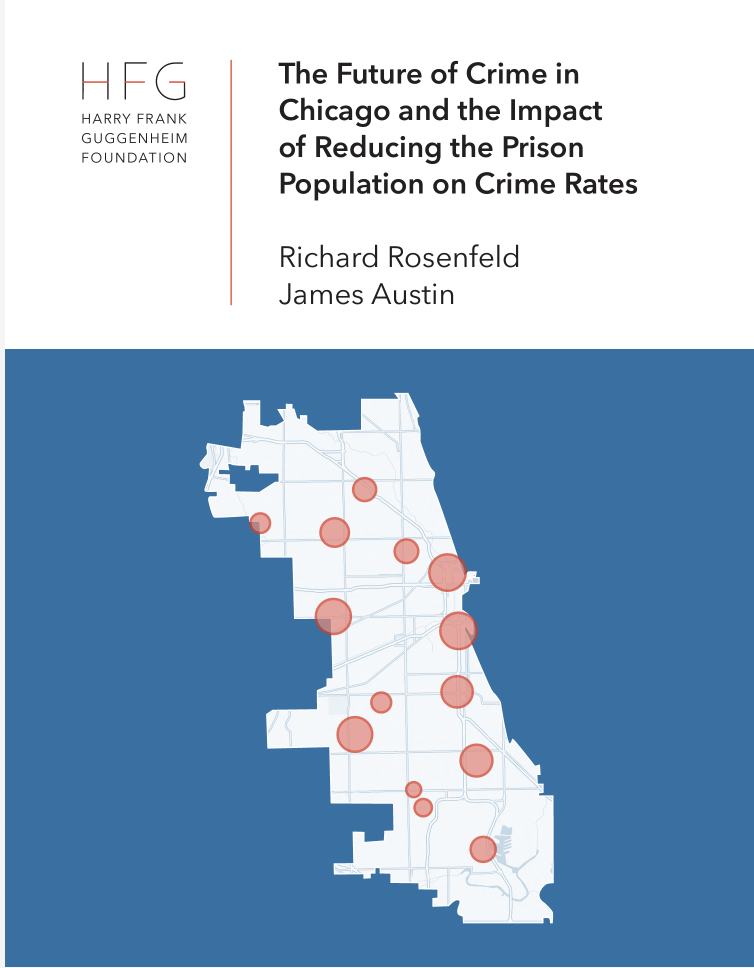By C. M. Hoeboer, · W. M. Kitselaar, · J. F. Henrich3 E,. J. Miedzobrodzka6, · B. Wohlstetter, · E. Giebels9 E. W. Kruisbergen,· M. Kempes, · M. Olff1,· · G. Meynen, · C. H. de Kogel
COVID-19 caused a great burden on the healthcare system and led to lockdown measures across the globe. These measures are likely to influence crime rates, but a comprehensive overview of the impact of COVID-19 on crime rates is lacking. The current study aimed to systematically review evidence on the impact of COVID-19 measures on crime rates across the globe. We conducted a systematic search in several databases to identify eligible studies up until 6–12-2021. A total of 46 studies were identified, reporting on 99 crime rates about robberies (n = 12), property crime (n = 15), drug crime (n = 5), fraud (n = 5), physical violence (n = 15), sexual violence (n = 11), homicides (n = 12), cybercrime (n = 3), domestic violence (n = 3), intimate partner violence (n = 14), and other crimes (n = 4). Overall, studies showed that most types of crime temporarily declined during COVID-19 measures. Homicides and cybercrime were an exception to this rule and did not show significant changes following COVID-19 restrictions. Studies on domestic violence often found increased crime rates, and this was particularly true for studies based on call data rather than crime records. Studies on intimate partner violence reported mixed results. We found an immediate impact of COVID-19 restrictions on almost all crime rates except for homicides, cybercrimes and intimate partner violence.
Am J Crim Just 49, 274–303 (2024).




